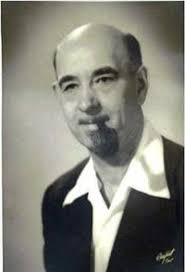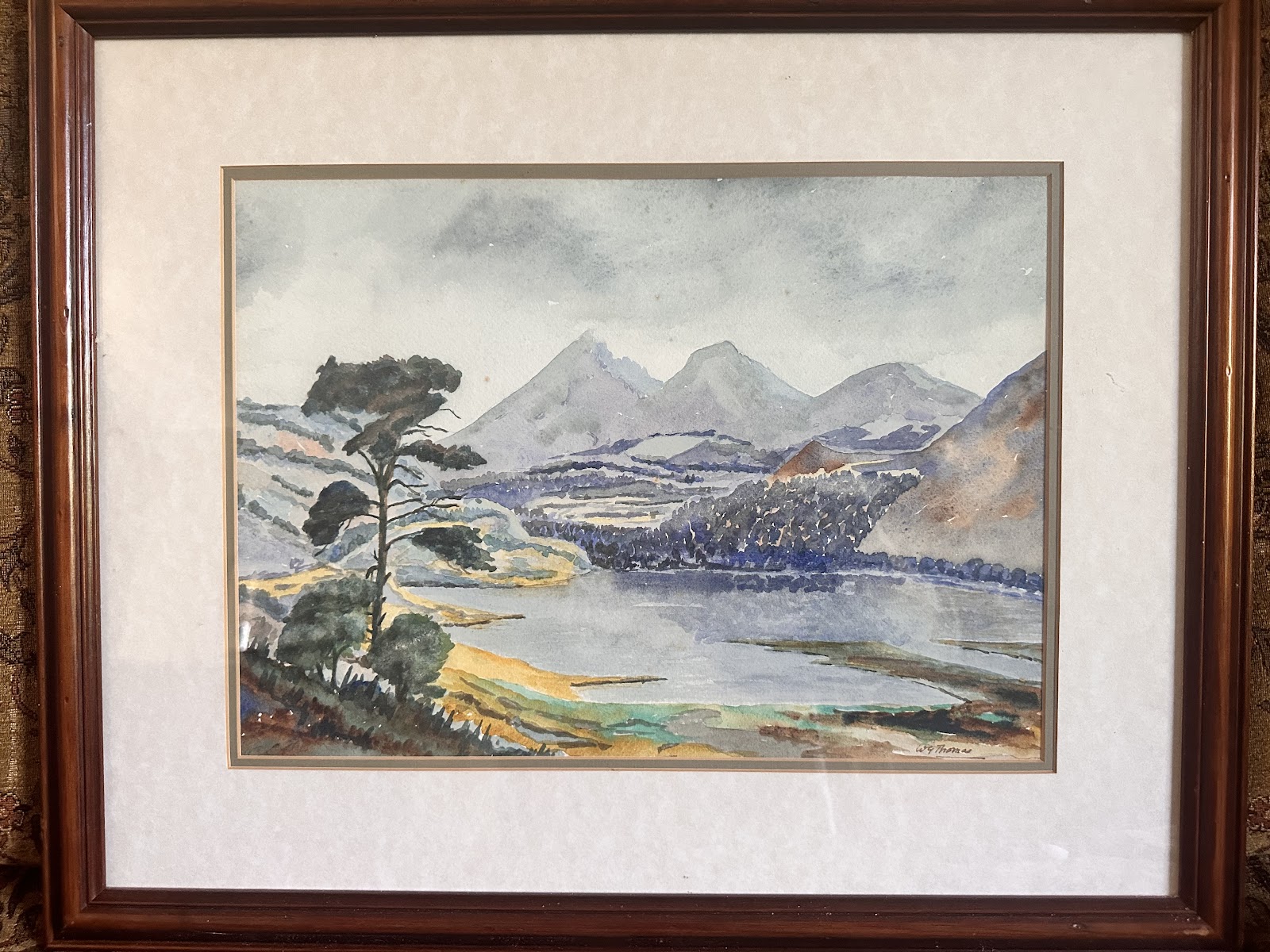Alexander made numerous study trips throughout Europa, Asia, North America and Egypt. During those travels, he made several important paintings, drawings and illustrations. In 1893 he worked on the picturesque decoration of buildings at the World Exhibition in Chicago as well as panoramas and dioramas of the marine painter de:Hans von Petersen. In addition, he worked as an illustrator for popular German and foreign magazines and publishers:
Although Alexander did not serve in a formal military capacity during The First World War due to the foot injury that led to his rejection from naval officer training as a young man, he was, however, associated with the German and Austro-Hungarian navies through his work as a maritime artist and illustrator.
He also worked as an illustrator for German and Austrian newspapers and magazines. The Leipziger Illustrierte Zeitung or the modern illustrated weekly Reclams universe (Leipzig), the writings of the Austrian (Vienna) and the German fleet association (Berlin) and the Viennese publisher Philipp & Kramer, for which he designed the postcard series "Dalmatia and Istria". These included Feldpost, postcards which Kircher created for the Austrian Red Cross, the War Welfare Office or the War Aid Office and also for the London Postcard Publisher Raphael Tuck & Sons and the Swedish Postcards Publisher: "Gothenburg Lithographic AB and Meyer & Köster". For some time Kircher owned a steam yacht, which he named Romana – which was his wife's name.
Alexander died on 16th September 1939 in Berlin.
With thanks to Ognyan Hristov for finding this artist for us






























